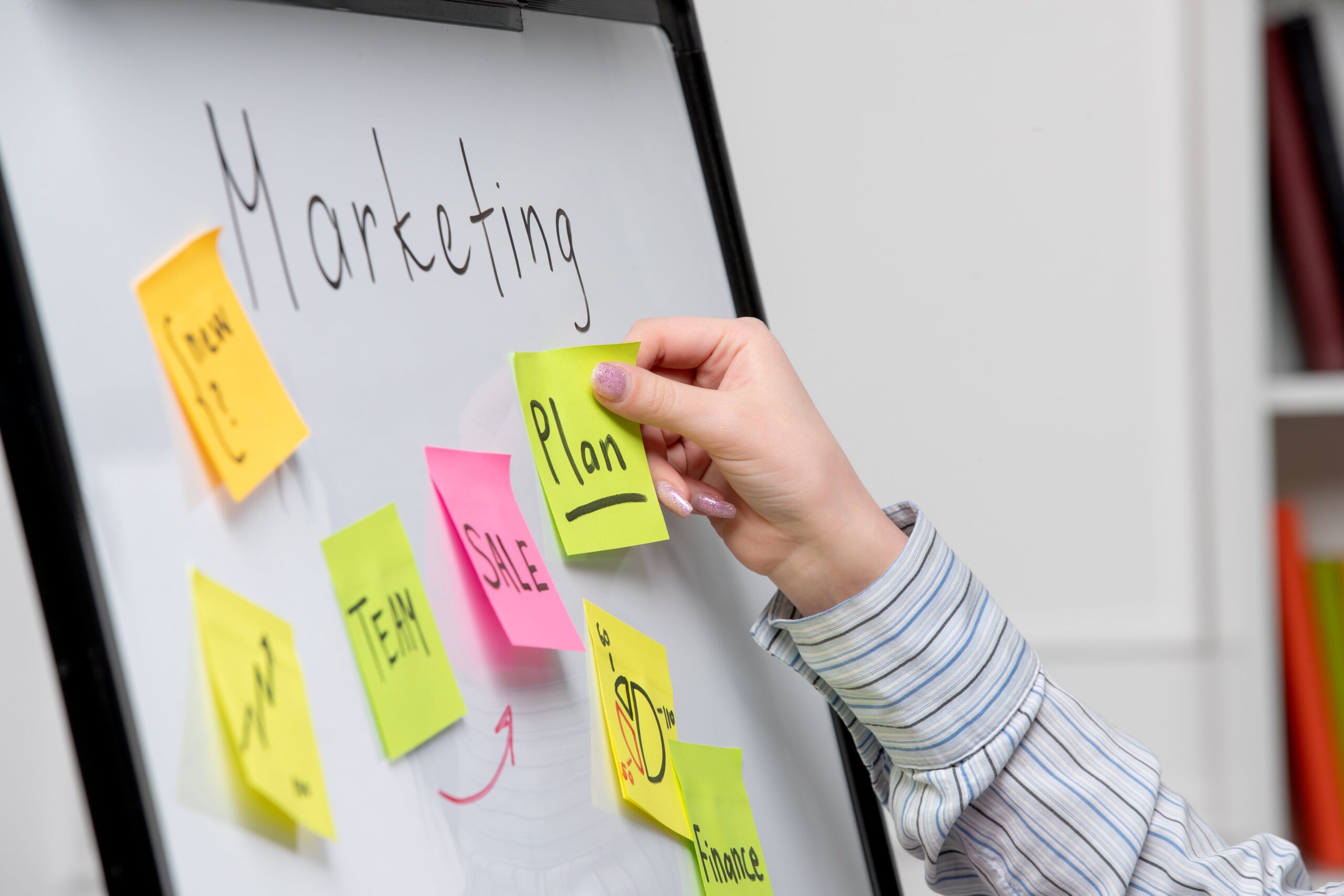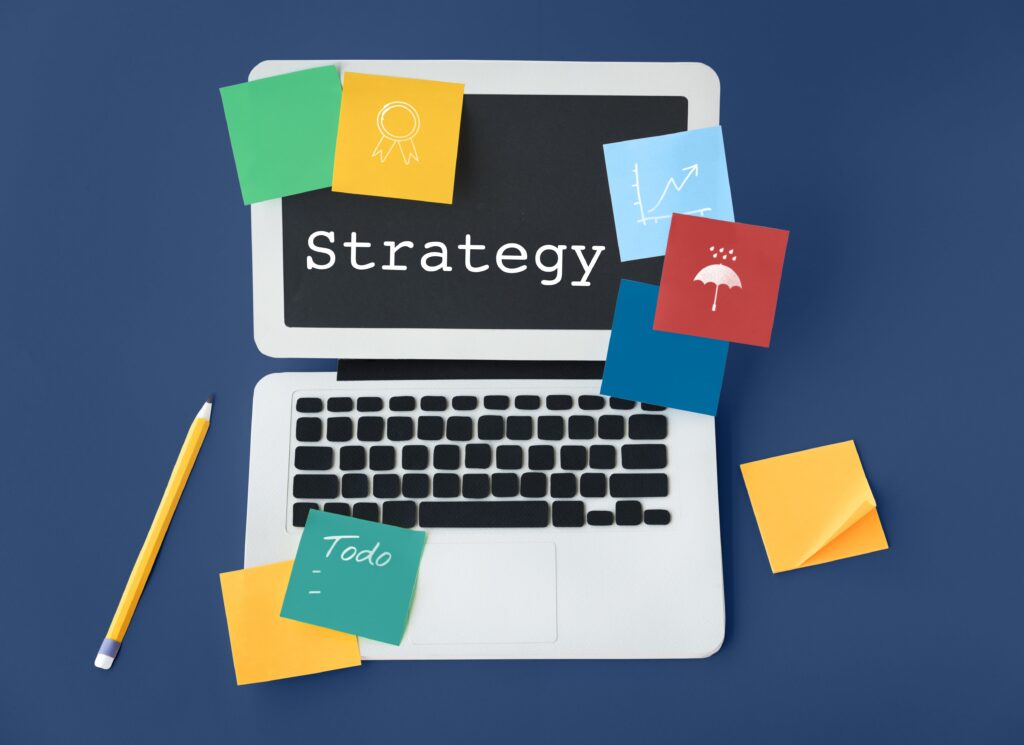
In today’s fast-paced digital landscape, where attention spans are fleeting and online interactions are abundant, mastering the art of effective communication with your audience is crucial. Email marketing stands out in depth analytics, as a formidable weapon in a marketer’s arsenal, offering a direct and personalized channel to engage with customers, nurture leads, and build lasting relationships. It is a dynamic and versatile tool from an email service provider that, when wielded skillfully, can yield impressive results.
The Welcome Series: Nurturing New Subscribers
When a subscriber joins your email list, it marks the beginning of a potential customer journey. The welcome series is your opportunity to make a lasting impression, introduce your brand, and lay the foundation for a fruitful relationship. This initial engagement is a critical moment that can set the tone for future marketing emails and interactions.
The Purpose of the Welcome Series
The welcome series serves as your brand’s warm handshake to new customers and interested subscribers. Its primary objectives are:
- Introduction: Introduce your brand, its values, and its mission. Give subscribers a sense of who you are and what you stand for.
- Engagement: Foster immediate engagement by encouraging subscribers to take action, whether it’s making a purchase, exploring your website, or following you on social media.
- Education: Educate subscribers about your products, services, or content offerings. Help them understand how your offerings can meet their needs or solve their problems.
- Building Trust: Establish trust and credibility by delivering on your promises and providing valuable information from the start.

Key Components of a Successful Welcome Series
- The Initial Welcome Email:
- Warm Greeting: Start with a friendly and welcoming tone in email subject line. Thank the subscriber for joining your community.
- Introduction: Briefly introduce your brand, its history, and its core values.
- Expectations: Set clear expectations regarding the type and frequency of emails subscribers can anticipate.
- Value Proposition: Highlight the value subscribers will receive from being part of your community.
- Call to Action (CTA): Encourage immediate action, such as exploring your website, making a purchase, or following you on social media.
- Subsequent Follow-up Emails:
- Education: Provide informative content about your products, services, or industry. Show subscribers how your offerings can benefit them.
- Storytelling: Share success stories, testimonials, or case studies that demonstrate the real impact of your brand.
- Personalization: Use data-driven personalization to tailor content to subscriber preferences and behaviors.
- Engagement: Encourage interaction through surveys, quizzes, or contests to learn more about your subscribers and their interests.
- Exclusive Offers: Provide exclusive discounts or promotions as a token of appreciation for their subscription.
The Promotional Campaign: Driving Sales and Conversions
In the dynamic world of email marketing, a well-executed promotional campaign can be a powerful catalyst for boosting sales and conversions. At its core, a promotional email campaign is designed to entice and engage subscribers, inspiring them to take specific actions, whether it’s making a purchase, upgrading to a premium service, or redeeming a limited-time offer. Let’s delve into the pivotal role that promotional email campaigns play, explore various campaign types, and discover strategies to craft sales emails with compelling offers, persuasive content, and clear calls to action.

Boosting Sales and Conversions
A promotional campaign is the engine and marketing channel that drives revenue growth. It’s a strategic initiative and email marketing strategy aimed at influencing consumer behavior and sparking action. Here’s great example of how it works:
- Engagement: Promotional campaigns capture the attention of your subscribers, drawing them into the content.
- Incentive: By offering discounts, limited-time deals, or exclusive access, you provide subscribers with a compelling reason to take action.
- Conversion: Subscribers who engage with your promotional content are more likely to convert into paying customers, driving sales and revenue.
- Retention: Effective promotional campaigns not only acquire new customers but also retain existing ones, as they appreciate the added value and opportunities.
Types of Promotional Campaigns
- Flash Sales: These time-limited promotions create a sense of urgency and excitement, compelling subscribers to act quickly to secure a discounted product or service.
- Product Launches: Promote a new product or service to your audience, highlighting its unique features, benefits, and how it addresses their needs.
- Exclusive Offers: Reward loyal customers or subscribers with exclusive discounts, early access to sales, or special perks to foster a sense of loyalty.
- Seasonal Sales: Leverage holidays, seasons, or special occasions to run themed campaigns with tailored offers, promotions, and content.
Crafting Compelling Offers and Content
- Clear Value Proposition: Clearly communicate the value of your offer. Explain how it benefits the subscriber and why it’s worth their attention.
- Segmentation: Segment your email list to target different subscriber groups with offers and content tailored to their preferences and behaviors.
- Storytelling: Craft persuasive narratives that resonate with your audience. Explain how your product or service can solve their problems or enhance their lives.
- Visual Appeal: Incorporate high-quality images and graphics to showcase your products or services. Visual elements can significantly impact engagement and conversions.
- Social Proof: Include customer reviews, testimonials, or user-generated content to build trust and demonstrate the value of your offerings.

The Educational Newsletter: Providing Value and Insights
In the realm of the email marketing platform, the educational newsletter stands as a powerful tool for building trust, establishing authority, and positioning your brand as an industry expert. Far from being just another empty promotional email or message, an educational newsletter serves as a valuable resource that offers subscribers insights, knowledge, and practical information. Let’s explore how the educational newsletter achieves these goals, delve into content creation strategies, email marketing software, and discover techniques of automated email, for consistent delivery and subscriber segmentation.
Building Trust and Authority
- Consistent Value: Educational newsletters consistently provide value to subscribers by delivering relevant and informative content. This reliability builds trust over time.
- Positioning as an Expert: By sharing industry insights, tips, and knowledge, your brand becomes a trusted source of information, positioning itself as an expert in the field.
- Audience Engagement: Educational content sparks engagement and conversation. Subscribers are more likely to interact with and remember a brand that provides them with valuable insights.
Content Creation for Educational Newsletters
- How-To Guides: Create step-by-step guides that help subscribers solve specific problems or accomplish tasks related to your industry or niche.
- Industry Insights: Share the latest trends, research findings, and news within your industry. Offer analysis and commentary to provide added value.
- Tips and Best Practices: Offer practical tips, best practices, and strategies that subscribers can apply to improve their skills, make informed decisions, or enhance their lives.
- Case Studies: Showcase real-life success stories or case studies that illustrate the positive impact of your products or services.
- Curated Content: Share relevant articles, blog posts, or resources from other industry experts, demonstrating your commitment to providing comprehensive knowledge.

Consistent Delivery
- Editorial Calendar: Develop a content calendar that outlines the topics, publication dates, and goals for each newsletter. Consistency helps subscribers know when to expect valuable content.
- Quality over Quantity: Focus on delivering high-quality, relevant content rather than overwhelming subscribers with frequent but low-value newsletters.
- Engagement Tracking: Monitor subscriber engagement with your newsletter content. Analyze open rates, click-through rates, and feedback to refine your approach.
The Abandoned Cart Campaign: Recovering Lost Sales
In the world of e-commerce, where shopping carts are filled and abandoned in the blink of an eye, the abandoned cart campaign emerges as a strategic lifesaver. It’s a successful email marketing campaign and a powerful tool for recapturing potential customers who have shown interest in your products but have left items hanging in their carts. This campaign isn’t just a friendly reminder; it’s tailored marketing efforts to win back those lost sales.
Significance of Abandoned Cart Campaigns
- Recapturing Revenue: Abandoned cart campaigns address the significant portion of potential sales revenue that often slips through the cracks when shoppers abandon their carts.
- Re-Engagement: These campaigns re-engage with customers who have already shown intent to purchase, making them a high-potential target audience.
- Customer Experience: By sending well-timed and relevant reminders, you enhance the customer experience, showing that you value their interest in your products.
Effective Structure of Abandoned Cart Campaigns
- Reminder Emails: Send a series of reminder emails to gently nudge customers about their abandoned carts. These emails should contain:
- Product Images: Display the abandoned items to jog the customer’s memory.
- Compelling Subject Lines: Craft attention-grabbing email subject lines that entice recipients to open the email.
- Clear CTAs: Include clear and enticing calls to action (CTAs) that direct customers back to their cart.
- Incentives and Offers: Consider offering incentives to encourage completion of the purchase. This could be a discount, free shipping, or a limited-time offer.
- Timing: Time your emails strategically. Send the first reminder within a few hours of abandonment, followed by a second reminder within 24-48 hours.

The Re-engagement Campaign: Bringing Back Inactive Subscribers
In the ever-evolving landscape of email marketing, maintaining an engaged subscriber base is crucial. However, as time goes by, some subscribers and email clients may become inactive, disengaging from your blog content and failing to interact with your emails. This is where marketing strategy and the re-engagement campaign comes into play—a strategic effort to rekindle interest, revitalize engagement, and breathe new life into your email list.
Challenges of Inactive Subscribers and List Hygiene: Inactive email subscribers can negatively impact your email deliverability and engagement metrics. They may increase the likelihood of your emails landing in spam folders, leading to lower open rates and click-through rates. Additionally, maintaining a clean and engaged list of email recipients is essential for effective and successful email marketing campaigns.
Purpose of Re-engagement Campaigns: The primary purpose of re-engagement campaigns is to:
- Identify and re-engage inactive subscribers.
- Determine whether subscribers are still interested in your content.
- Segregate uninterested subscribers to maintain list hygiene.
- Improve email deliverability by reducing spam complaints and bounces.
Re-engagement Strategies:
- Creative Subject Lines: Craft intriguing and personalized subject lines that grab the attention of inactive subscribers.
- Special Offers: Offer exclusive discounts, freebies, or incentives to entice inactive subscribers to re-engage.
- Win-Back Incentives: Create a sense of urgency by including limited-time offers or bonuses for subscribers who re-engage.
- Segmentation: Segment your inactive subscribers and tailor re-engagement messages based on their past behaviors and interests.
- Engagement Surveys: Use surveys to gather feedback and understand why subscribers became inactive. Use this information to improve your email content.
- Content Revamp: Analyze the type of content that resonates with your audience and adjust your email strategy accordingly.
- Opt-out Option: Provide an easy way for subscribers to opt out if they no longer wish to receive emails, ensuring compliance with email regulations.

The Event Announcement Campaign: Building Buzz and Attendance
Events, whether they are webinars, workshops, or conferences, represent valuable opportunities to engage with your audience, share knowledge, and strengthen brand connections. However, the success of your event largely depends on effectively promoting it and driving attendance. This is where the event announcement email marketing campaign comes into play—a strategic effort to create buzz, generate interest, increase sales, and encourage registration for your upcoming event.
Role of Event Announcement Campaigns: Event announcement campaigns serve several key purposes:
- Build anticipation and excitement around the event.
- Inform your audience about the event details, including date, time, and topics.
- Convey the unique value and benefits of attending.
- Drive event registrations and participation.
Elements of a Successful Event Campaign:
- Save-the-Date Emails: Send initial “save-the-date” emails to announce the event and create awareness well in advance.
- Detailed Invitations: Follow up with detailed invitations that provide all essential information, including the agenda, speakers, and registration instructions.
- Countdown Reminders: As the event date approaches, send countdown emails to create create email marketing campaigns and a sense of urgency and remind subscribers to register.
- Value Proposition: Clearly communicate the value of attending the event, highlighting what attendees will learn, gain, or achieve.
- Urgency and Scarcity: Use persuasive messaging that emphasizes limited seating or time-sensitive offers to drive registrations.
- Registration Process: Streamline the registration process to make it quick and user-friendly. Reduce friction to encourage sign-ups.
- Social Media Promotion: Leverage your social media platforms to cross-promote the event and create a buzz among your followers.
Creating Urgency and Conveying Value:
- Limited Seats: Emphasize that there are limited seats available, encouraging early registration to secure a spot.
- Exclusive Content: Highlight any exclusive content, speakers, or opportunities that attendees will have access to.
- Networking Opportunities: Mention any networking or engagement activities that will be part of the event.
- Testimonials: Share testimonials or past attendee experiences to build trust and credibility.
The Customer Loyalty Campaign: Fostering Engagement and Repeat Business
In the realm of business, customer loyalty is the coveted treasure that underpins long-term success. Cultivating a loyal customer base is not just about generating one-time sales; it’s about nurturing enduring relationships that lead to repeat business and fervent brand advocates. This is where the customer loyalty campaign steps in—a strategic initiative to foster engagement, reward loyalty, and encourage referrals past purchases.

Importance of Customer Loyalty Campaigns:
- Customer Retention: Retaining existing customers is often more cost-effective than acquiring new ones.
- Lifetime Value: Loyal customers tend to spend more over their lifetime, increasing their overall value to your business.
- Referrals: Satisfied and loyal customers are more likely to refer friends and family, helping you acquire new customers through word-of-mouth marketing.
Tactics for Building Customer Loyalty:
- Show Appreciation: Express gratitude for your customers’ loyalty. Send personalized thank-you emails or surprise gifts.
- Rewards Programs: Implement loyalty programs that offer rewards, discounts, or exclusive access to loyal customers.
- Exclusive Memberships: Create exclusive membership clubs with early access to products, special promotions, or premium content.
- Special Events: Host events, webinars, or workshops exclusively for loyal customers to provide them with added value.
Email marketing campaign examples:
- Frequent Buyer Programs: Offer discounts or free products after a certain number of purchases to incentivize repeat business.
- Birthday Rewards: Send personalized birthday emails with exclusive discounts or freebies to celebrate your customers.
- VIP Memberships: Create VIP tiers with premium benefits like free shipping, extended



